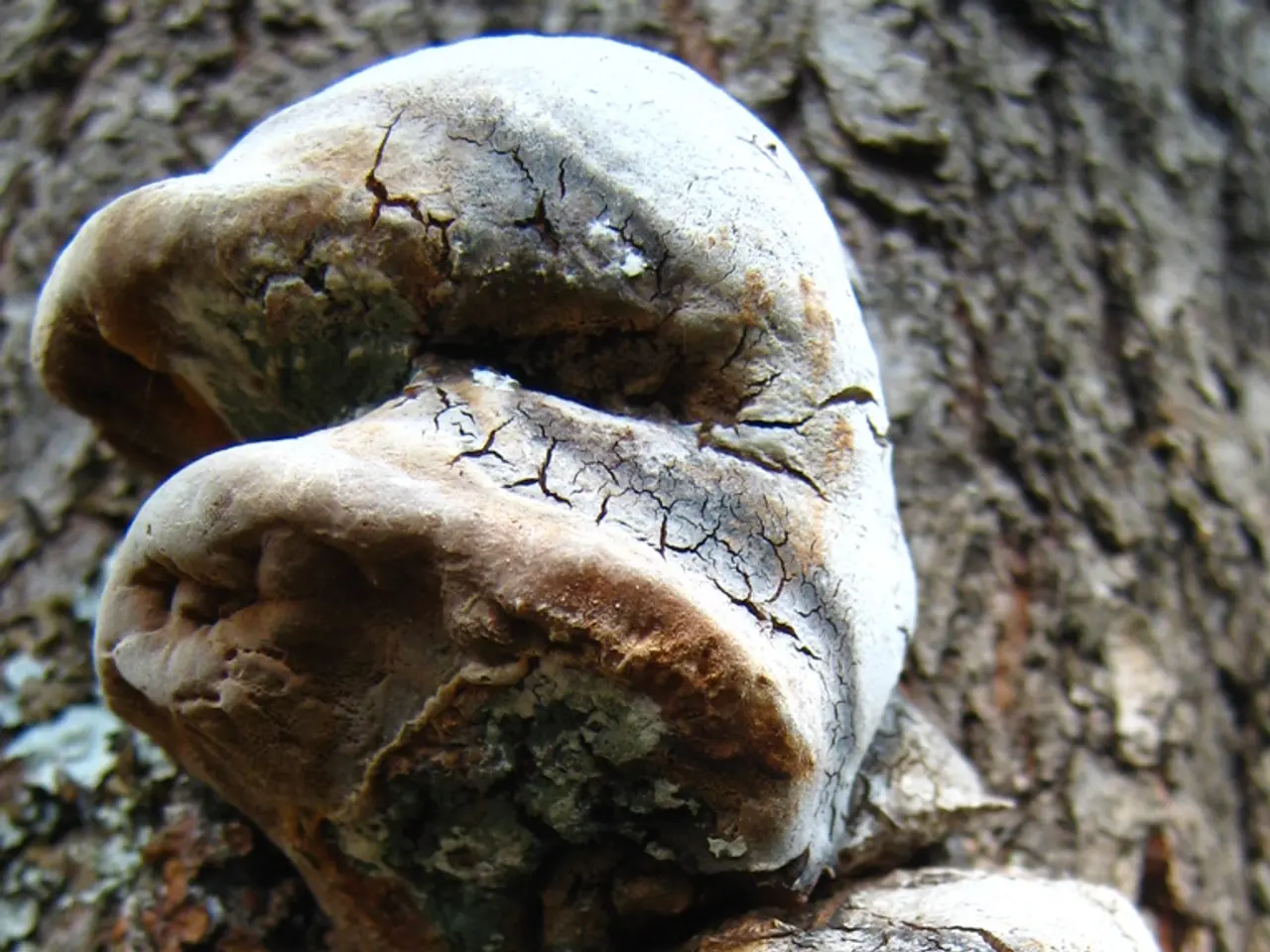Aspergillosis: Recognizing Symptoms, Treatment Methods, and Knowing When Medical Attention is Required
Aspergillosis is a fungal infection primarily affecting the respiratory system, caused by molds of the genus Aspergillus. This article provides an overview of the various types, causes, symptoms, treatments, and risk factors associated with aspergillosis.
Types of Aspergillosis
- Allergic bronchopulmonary aspergillosis (ABPA): An allergic reaction in the lungs common in people with asthma or cystic fibrosis.
- Allergic Aspergillus sinusitis: An allergic reaction affecting the sinuses.
- Chronic pulmonary aspergillosis: A long-term lung infection that can cause cavities or fibrosis.
- Invasive aspergillosis: A severe, often life-threatening infection occurring mainly in immunocompromised patients.
- Cutaneous (skin) aspergillosis: A localized skin infection.
- Aspergilloma: A fungal ball typically forming in lung cavities (from tuberculosis or other diseases).
Causes
Aspergillosis is caused by inhalation of Aspergillus spores, which are commonly found in soil, decaying vegetation, and indoor environments. Species such as Aspergillus fumigatus, A. flavus, and A. niger are frequent pathogens. Risk factors include a weakened immune system, chronic lung diseases, prolonged corticosteroid therapy, hospital environments with airborne spores, and certain conditions such as asthma, cystic fibrosis, tuberculosis, HIV or AIDS, cancer, organ transplant recipients, and people taking medications that weaken the immune system.
Symptoms
Symptoms vary by the type of aspergillosis. ABPA may present with wheezing, coughing, breathlessness, possibly with mucus plugs and fever. Chronic pulmonary aspergillosis may cause chronic cough, weight loss, fatigue, and hemoptysis (coughing blood). Invasive aspergillosis can lead to fever, chest pain, cough, shortness of breath, and may disseminate to other organs causing systemic symptoms. Allergic sinusitis may cause nasal congestion, facial pain, and headache. Cutaneous aspergillosis can result in redness, swelling, and ulceration at the infected skin site. Aspergilloma may be asymptomatic or cause hemoptysis.
Treatments
The first-line treatment for invasive aspergillosis is the antifungal voriconazole. Alternatives include isavuconazole and liposomal amphotericin B. Chronic and allergic forms may require corticosteroids combined with antifungal therapy. Surgical intervention may be necessary for aspergilloma removal or when complications develop. Early diagnosis and treatment are critical, particularly for immunocompromised patients.
Prevention
Preventing aspergillosis involves reducing exposure to mold, wearing a mask when exposure to soil and dust is not preventable, treating chronic lung diseases, and talking with a doctor about preventive treatment with antifungal drugs.
Diagnosis and Resistance
Diagnosis of aspergillosis can be challenging due to no diagnostic tool being 100% accurate. Azole-resistant aspergillosis is a form of the infection that is resistant to azoles, a class of antifungal drugs.
Summary Table
| Aspect | Details | |-------------------|---------------------------------------------------------------------------------------------| | Types | ABPA, allergic sinusitis, chronic pulmonary, invasive, cutaneous, aspergilloma | | Causes | Inhalation of Aspergillus spores; species include A. fumigatus, A. flavus, A. niger | | Risk factors | Immunocompromised states, lung diseases (asthma, TB, cystic fibrosis), corticosteroid use | | Symptoms | Respiratory distress, cough, fever, hemoptysis, nasal congestion, skin lesions depending on type | | Treatment | Voriconazole (first-line), isavuconazole, amphotericin B; corticosteroids for allergic forms; surgery for aspergilloma |
This comprehensive overview integrates clinical forms, pathogenic causes, clinical presentation, and management strategies for aspergillosis. People should seek medical help for new or worsening breathing symptoms, significant trouble breathing, cold or allergy symptoms that do not resolve, new breathing difficulties that do not improve within a few days, signs of an infection, and feeling very sick after exposure to soil, dust, or mold.








